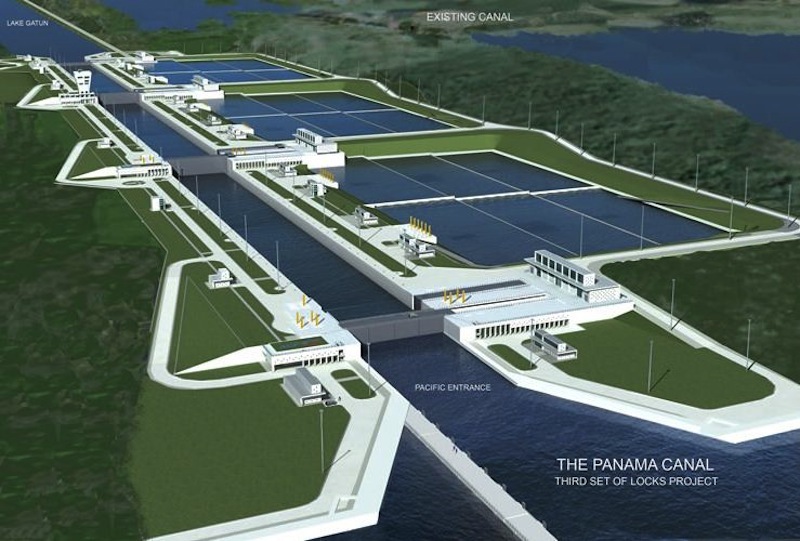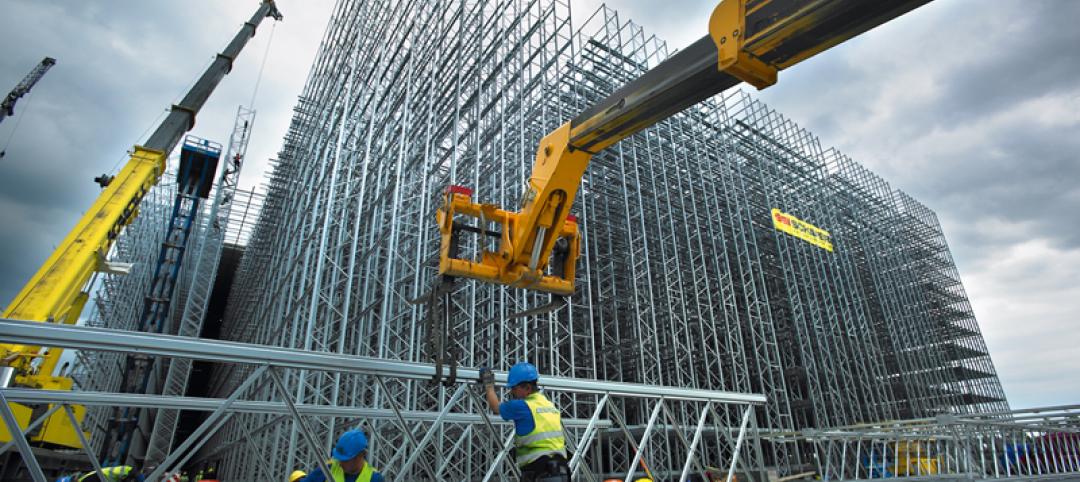The engineering giant Stantec is looking to gain a global foothold in water resources infrastructure through its definitive agreement to acquire MWH Global, a Broomfield, Colo.-based engineering, consulting, and construction management firm.
This is the biggest deal in Stantec’s 62-year history, according to the Edmonton Journal. Stantec confirms to BD+C that, if consummated, the acquisition would boost its annual revenue by 56% to 4.5 billion Canadian dollars (the equivalent of US$3.47 billion).
With 6,800 employees and 187 offices in 26 countries, MWH would also give Stantec a bigger presence in key markets that include the United Kingdom, Australia, New Zealand, South and Central America, and the Middle East. With this merger, Stantec—which is based in Edmonton, Alberta—would be generating 70% of its annual revenue from outside of Canada.
“It’s really a step into another era for us,” Bob Gomes, Stantec’s CEO, told the Journal. “But I don’t want to call it transformational because that sounds risky and it sounds like it’s lucky or it just happened. This is a firm we’ve known for a number of years.”
In this agreement, which both companies’ boards have signed off on, Stantec is paying cash for MWH’s stock. After taking into account assumed debt (estimated to equal 9.5 times MWH’s adjusted cash flow for 2015), the value of this deal is expected to be around US$795 million.
Stantec is financing the merger with equity financing—which includes a C$525 million public offering of 17.36 million subscription receipts priced at C$30.25 each—along with its C$800 million revolving credit facility, and C$450 million in non-revolving debt. CIBC World Markets and RBC Dominion Securities are underwriting the equity offer.
(Acquiring companies sometimes prefer offering subscription receipts—which automatically entitle the holder to receive the equivalent security of the buyer once the acquisition closes—to ensure they have the cash needed to complete the deal in advance of closing.)
Through synergies that would include leveraging its existing back-office functions, Stantec expects the merger produce savings of about $25 million annually by 2017. Neither company provided cost-saving details.

Stantec's growth strategy under CEO Bob Gomes is to expand its global footprint and diversity its services platforms. Image: Edmonton Journal
Stantec, which before this agreement had more than 15,000 employees in over 250 locations worldwide, says the rationale for this acquisition revolves around a growth strategy that positions the company to expand its geographic footprint beyond North America and to diversify its services platform.
MWH has worked on some of the more technically complex water and natural resource projects in the world, including the Panama Canal Third Set of Locks project. Hydroworld.com notes that MWH has been involved as well in the development and rehabilitation of numerous hydroelectric projects worldwide, such as Pakistan’s 102-MW Gulpur and 4,500-MW Diamer Bhasha dams, Malaysia’s 1,400-MW Baleh, and Argentina’s 1,890-MW Salto Grande.
Stantec expects this combination to build on MWH’s position as a prominent design firm within the global water market.
“The Engineering and Technical Services offered by MWH to the Energy and Industry sector are expected to add global capabilities in water-related design services to Stantec’s key hydro-power, oil and gas, mining, and industrial clients,” the company said in its prepared statement about the acquisition.
Stantec went on to speculate that MWH’s global client portfolio should generate cross-selling opportunities for Stantec’s Energy & Resources and Buildings & Environmental Services businesses.
Members of MWH’s management team, including presidents of key business units, will be joining Stantec after the acquisition closes. MWH’s chairman and CEO Alan Krause, and its CFO David Barnes, are also joining Stantec, although their roles and titles have not been announced publicly yet.
Barnes told the Boulder (Colo.) Daily Camera that MWH had spent much of the past year evaluating its capital structure and its ability to grow as an employee-owned firm. From that analysis, he said that MWHs managers concluded that merging with a larger, publicly traded entity would give it access to much-needed capital.
This deal still must be approved by at least two-thirds of MWH’s shareholders, who will vote on it in April. The acquisition also requires government approval. If all goes as planned the acquisition should be completed by the second quarter of this year.
Related Stories
Industrial Facilities | Feb 24, 2015
Starchitecture meets agriculture: OMA unveils design for Kentucky community farming facility
The $460 million Food Port project will define a new model for the relationship between consumer and producer.
University Buildings | Feb 23, 2015
Future-proofing educational institutions: 5 trends to consider
In response to rapidly changing conditions in K-12 and higher education, institutions and school districts should consider these five trends to ensure a productive, educated future.
Office Buildings | Feb 23, 2015
The importance of quiet and the consequences of distraction
Recent work style studies show that the average knowledge worker spends 25-35% of their time doing heads-down focused work. Once thrown off track, it can take some 23 minutes for a worker to return to the original task.
Modular Building | Feb 23, 2015
Edge construction: The future of modular
Can innovative project delivery methods, namely modular construction, bring down costs and offer a solution for housing in urban markets? FXFOWLE’s David Wallance discusses the possibilities for modular.
| Feb 23, 2015
6 trends changing the way city dwellers live
Across the cultural grid, from food to retail to transportation, America's urban areas are already undergoing a major metamorphosis. Here are the six major trends shaping our cities, from Fast Company.
Contractors | Feb 23, 2015
Rising Nonresidential Construction Index comes with struggles, FMI reports
Construction companies face the challenge of having enough people to keep up with increasing backlogs.
Green | Feb 23, 2015
State of the green union, and the next big shift in sustainability
The history of the green movement offers cues that we are on the precipice of another significant shift in the green union.
| Feb 23, 2015
Where are the iconic green buildings?
What does a green building look like? How would you know one if you saw one? Maybe a trivial question to some, but of great interest to architects, designers, and other members of the Building Team as the rapid evolution of sustainable buildings continues apace.
Sports and Recreational Facilities | Feb 21, 2015
Pumped-up recreation centers help build body, mind, and spirit
Adopting facility layouts from Asian and European models, today’s sports and recreational buildings are becoming social hubs that accommodate a variety of community needs.
University Buildings | Feb 20, 2015
Penn strengthens campus security by reviving its surrounding neighborhood
In 1996, the University of Pennsylvania’s sprawling campus in Philadelphia was in the grip of an unprecedented crime wave. But instead of walling themselves off from their surrounding neighborhoods, the school decided to support the community.















